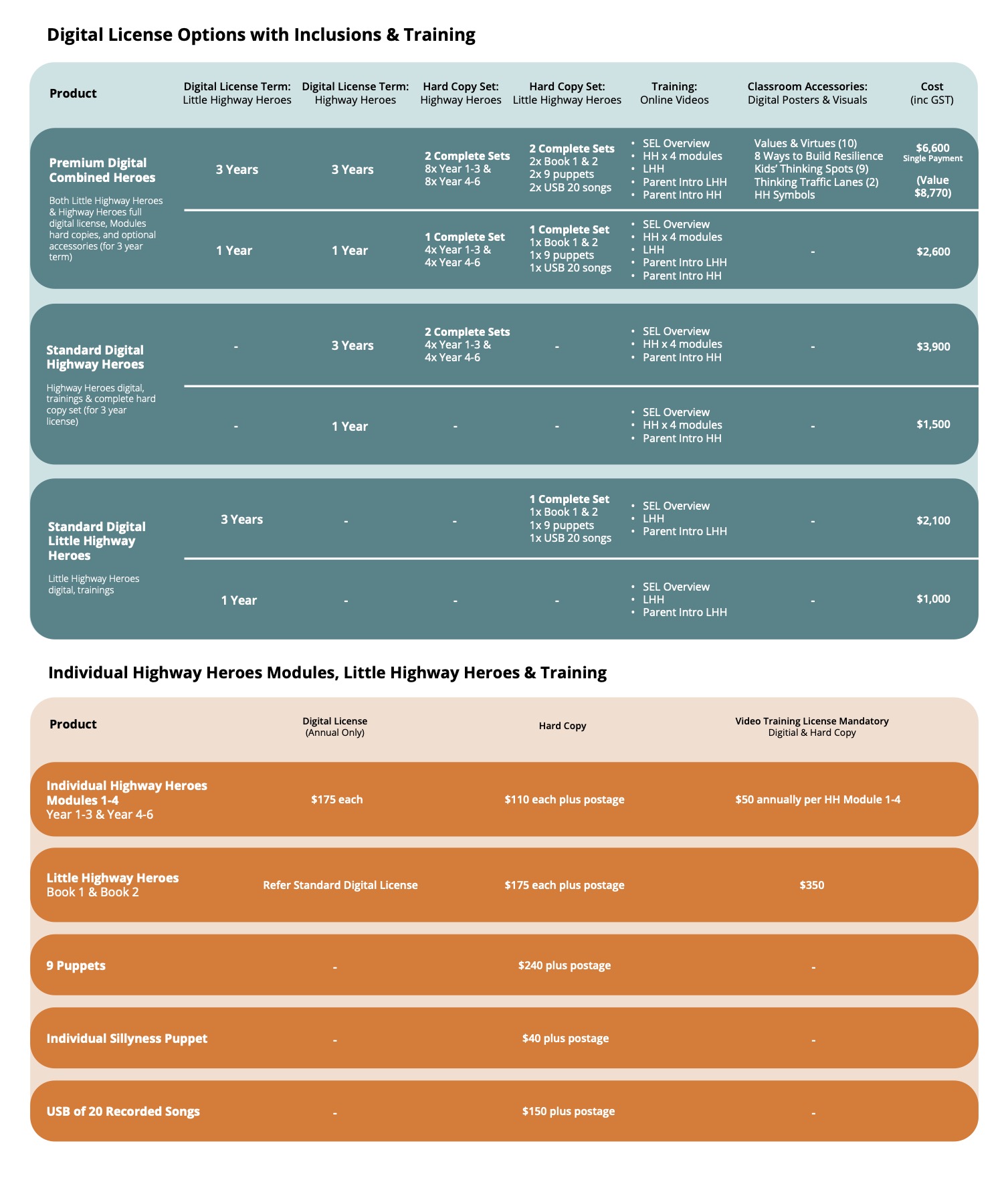The very sad and traumatic event on the Perth Swan River, as part of the Australia Day celebrations, was witnessed by thousands of families. Gathered to celebrate Australia Day and watch the firework display, families watched in horror as a seaplane banked steeply and plunged into the river. Despite almost immediate assistance, the catastrophic damage of the impact was fatal for the 2 people aboard the plane. Aside from the obvious sadness at the tragic loss of 2 lives, consideration needs to be given to the impact of this traumatic event on those – young and old – who witnessed the horror unfolding.
Children who witness trauma often have varying intensities and expressions of responses. Whilst some children will be seemingly unaffected by the fatal crash, for others, the event will be strongly imprinted and will require time and some good strategies to work through and overcome. The good news is that children have an intrinsic resilience that allows them to bounce back from having witnessed trauma. Anne Marsten, a Professor specialising in child development calls this resilience ‘ordinary everyday magic.’ For some children, however, previous or recent traumatic events can become a ‘psychological bruise’ that intensifies the effects of witnessing further trauma.
When this ‘psychological bruise’ is pushed on again it can bring back previous feelings of not being safe or secure. This can lead to the expression of disregulated feelings in children – that often look different in younger children to older children. Very young children will often express their response to trauma with a regression in behaviours. For example, little children may regress to behaviours that were associated with feeling safe and secure like thumb sucking or wanting a particular comfort toy. It can also mean the regression to behaviours like wetting and difficulty with self-soothing into sleep. Agression and lashing out are often part of little people expressing and trying to manage their big feelings.
Our early primary years children’s expression of big feelings often looks emotionally like irritability, anxiety and or withdrawal. Physiological symptoms like sore tummies and heads are the most common. In class it can effect a child’s ability to focus and attend because their available ‘bandwidth’ is taken up with their big feelings. Older children may experience issues with sleep and eating. Disregulated mood is common and difficulty maintaining performance in the classroom often evident.
So, what’s the solution?
Time is often the greatest healer for a child, however, there are strategies that parents can use to help their children process the trauma witnessed. These include:
Talking about what the child has seen.
Most important for parents is not to provide too much information but to listen reflectively. This might look like acknowledging a child’s fears by saying, “That’s made you feel scared.” Or, “I can hear that you’re feeling worried about that.” Having a feeling acknowledged is often the most important and missing ingredient in a successful conversation with a child. Little children may reenact the event over and over in play. There is nothing ghoulish about this behaviour, rather, it is a common and often used therapeutic strategy to help a child process and make sense of trauma.
Return to your routine as quickly as possible.
After witnessing a traumatic event, child’s surety in the safety, security and stability of their little world is often dented. Routine gives a child all of those – safety, security and stability. Gently, ever so gently, refute the definitive of always and never. Like, “Planes always crash.” And, “I’m never going on a plane again!” This is best achieved by giving simple evidence as to why that thinking isn’t true. Like, “We see planes flying every day and they’re very safe.” Try not to turn it into an argument – keep it short and simple and the message will get through – eventually.
Continue with your parenting approach
Even in the face of heightened emotional responses and outbursts. Steer away from punitive outcomes for behaviours and offer your child a choice of consequences. If you start making exceptions expect your child to expect this to continue. You want to communicate, in every way, the life is fine, normal, predictable – that they are safe and secure. Be gentle, be sensitive and be wise – but be consistent. It’s a great relief for children who are feeling up and down with their emotions.
Be the safe place to land – or find a safe place for your child to land.
Trauma can raise its ugly head months after an event. For example, feeling anxious about a swimming carnival can press on that psychological bruise and return children to the time of the witnessed trauma. Make allowances, be prepared to give your child extra support or find someone who can be a great anchor-point for your child.
Finally, don’t be afraid to seek help.
What children and their families witnessed yesterday has the great potential for lasting harm. There are many counselling options for children – start by having a look at the Kids Helpline website or calling to talk to one of their counsellors 1800 55 1800.
Witnessing trauma, as was part of yesterday’s unexpected Australia Day experience for many families, can have an immediate and ongoing impact on children. As Australians and families, we all need to take great care of each other and our young people as we work through the tragedy.


